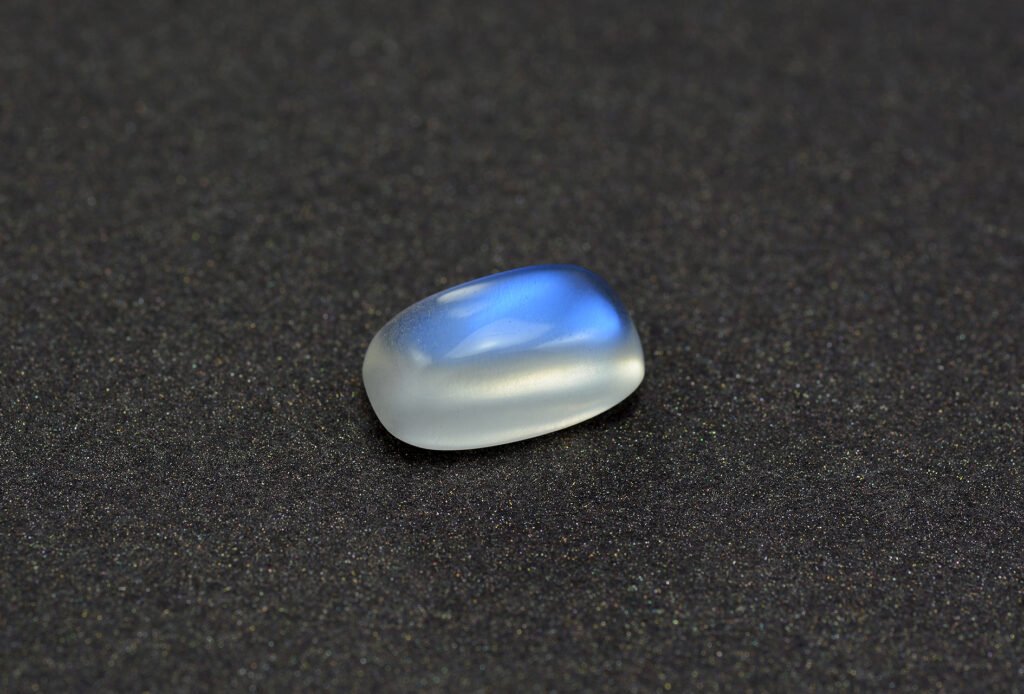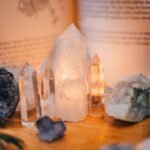Moonstone is a mesmerizing gemstone known for its soft glow and deep connection to lunar energy. Often called the stone of new beginnings, it enhances intuition, emotional balance, and spiritual growth. This crystal is strongly linked to feminine energy, helping with cycles, inner healing, and emotional harmony. Many believe it opens the Third Eye and Crown chakras, guiding meditation, dreams, and self-discovery. Moonstone is also associated with zodiac signs like Cancer, Pisces, and Libra, amplifying their emotional and intuitive strengths. Wearing moonstone jewelry or using it in rituals keeps its energy close, while cleansing it under moonlight restores its natural power.
Moonstone: The Feminine Crystal for Growth & Intuition
Introduction to Moonstone
Moonstone is one of the most enchanting gemstones, admired for its soft glow that resembles the light of the moon. Known as the stone of intuition, new beginnings, and feminine energy, it has been used in spiritual practices for centuries. This beautiful crystal belongs to the feldspar family and exhibits a shimmering effect called adularescence, which gives it its mystical charm. Moonstone is not only a popular jewelry stone but also a powerful healing crystal that promotes emotional balance, spiritual growth, and inner peace.
The History and Meaning of Moonstone
Moonstone has been revered since ancient times, with cultures associating it with divine feminine energy and lunar cycles. In Hindu mythology, it was believed to be made from solidified moonbeams. In Roman and Greek traditions, moonstone was linked to moon goddesses like Luna and Selene, symbolizing fertility and protection. Its name reflects its connection to the moon, making it a stone of mystery, dreams, and intuition. Today, it is cherished as a talisman for emotional healing, inner strength, and transformation.
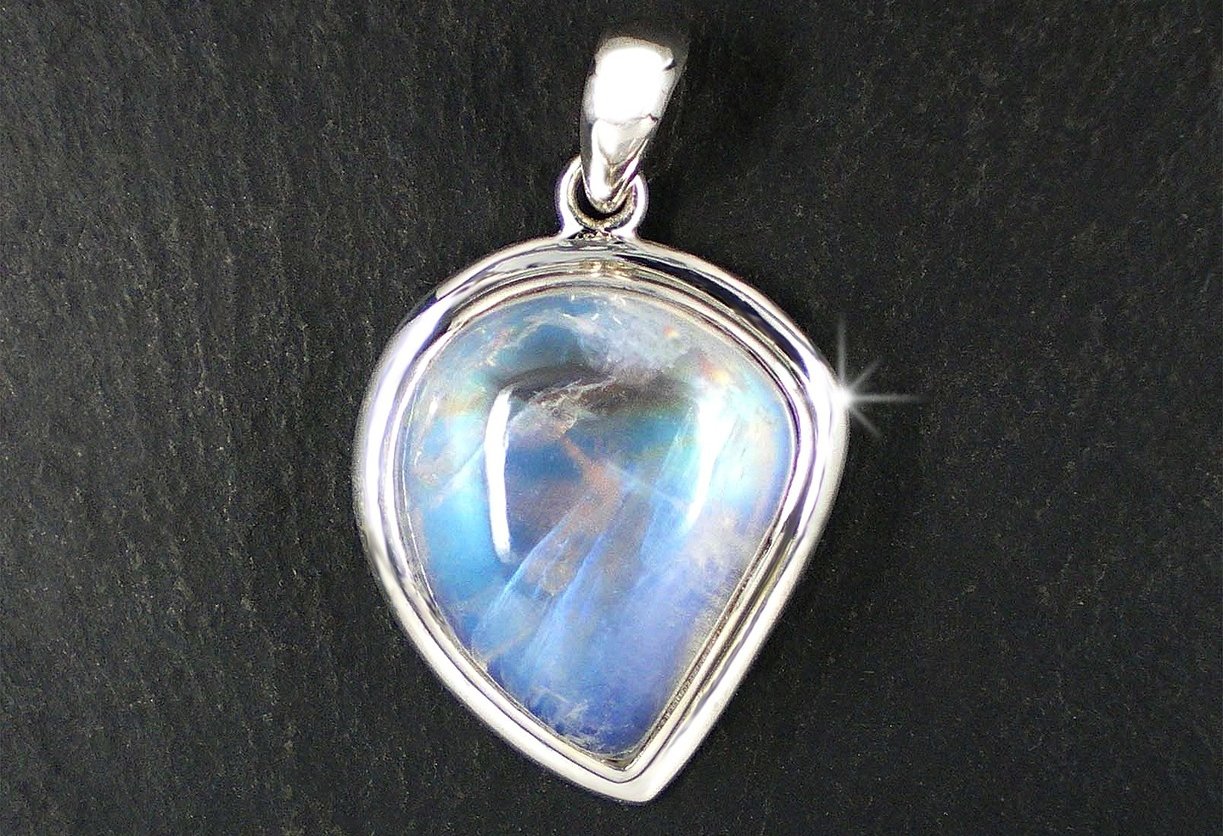
Metaphysical Properties of Moonstone
Moonstone is often called the crystal of intuition and inner wisdom. It enhances psychic abilities, calms emotional stress, and helps one connect with their subconscious mind. Many people use it for meditation, dreamwork, and spiritual awakening, as it resonates deeply with the Third Eye and Crown chakras. Its feminine energy nurtures compassion and empathy, guiding one toward emotional stability and harmony. Whether worn as jewelry or used in crystal healing, moonstone radiates a calming and protective energy.
Healing Benefits of Moonstone
Moonstone is widely used for its healing powers, especially in emotional and spiritual well-being. It helps balance mood swings, reduces anxiety, and promotes emotional clarity. Women often use moonstone to regulate hormonal cycles, ease menstrual discomfort, and support fertility. Spiritually, it is considered a stone of protection and safe travel, especially during the night or across water. By carrying or wearing moonstone, many believe it strengthens intuition, encourages self-discovery, and opens the path to new beginnings.
Different Types of Moonstone
Moonstone comes in a variety of stunning forms, each carrying its own unique vibration. Rainbow Moonstone is highly sought after for its multicolored flashes and strong spiritual energy. White Moonstone reflects pure feminine energy and enhances intuition. Peach Moonstone is known for its gentle, soothing properties that comfort the heart. Gray Moonstone offers protection and grounding, while Blue Moonstone boosts communication and insight. Each variety can be used for different intentions, making moonstone a versatile healing crystal.
Rainbow Moonstone
Rainbow Moonstone is perhaps the most enchanting variety of moonstone, famous for its striking, multicolored flashes of light. This shimmering optical effect, known as adularescence, creates a magical play of blue, violet, and rainbow hues across the gem’s surface. Often associated with inner clarity and psychic protection, rainbow moonstone is a favorite among spiritual seekers and jewelry lovers alike. It’s a versatile gemstone that enhances the allure of both modern and bohemian jewelry designs, including rings, pendants, and bracelets.
Peach Moonstone
Peach Moonstone is celebrated for its soft, warm glow that resembles the golden hues of a sunset. This variety is known to promote emotional healing, self-love, and compassion, making it a popular choice for those seeking a gentle, nurturing energy. The peach tone of the stone pairs beautifully with rose gold and copper settings, creating an inviting and soothing aesthetic in jewelry. It’s especially favored in delicate necklaces, dainty earrings, and beaded bracelets.
Blue Moonstone
Blue Moonstone is the rarest and most sought-after type of moonstone, prized for its luminous, icy blue sheen that seems to float over the stone’s surface. This variety is often linked with enhancing intuition, clarity, and inspiration, making it a powerful gem for spiritual growth and self-awareness. The mesmerizing glow of blue moonstone makes it a luxurious choice for fine jewelry, particularly in moonstone rings, pendants, and statement pieces. Due to its scarcity, blue moonstone often commands higher prices in the gemstone market.
Black Moonstone
Black Moonstone is a unique and grounding variety that stands out with its rich, dark body color and subtle flashes of silver or white. It is often associated with new beginnings, protection, and emotional stability, making it a perfect companion for those going through significant life changes. This variety adds an elegant and dramatic touch to jewelry designs, often seen in boho-style rings, pendants, or bracelets. Its earthy energy makes it popular among crystal healers seeking grounding and balance.
Green Moonstone
Green Moonstone is a rare and subtle variety known for its soft, minty green hue. It’s often linked with emotional healing, growth, and the heart chakra, offering a gentle, calming energy that promotes balance and renewal. Green moonstone is ideal for those looking to attract abundance and manifest intentions related to health and well-being. It’s a favorite among collectors and artisans for creating nature-inspired jewelry, especially when paired with other green gemstones like peridot or jade.
White Moonstone
White Moonstone is the classic and most traditional form of moonstone, characterized by its translucent to opaque body and soft, silvery glow. It has long been cherished as a symbol of purity, peace, and feminine energy. White moonstone is the most commonly used variety in moonstone necklaces, bracelets, and rings, lending itself well to both minimalist and intricate designs. It is a timeless gemstone that continues to captivate jewelry lovers with its serene beauty.
Purple Moonstone
Purple Moonstone is an unfamiliar and rare variety that displays a subtle lavender or violet hue. It is believed to support spiritual awareness and enhance meditation practices. Its unique color makes it a collector’s favorite and a beautiful choice for creating one-of-a-kind jewelry pieces that stand out with an air of mystery and elegance.
Grey Moonstone
Grey Moonstone is known for its smoky, silvery-gray appearance, offering a more understated and elegant look. It’s thought to promote patience, wisdom, and emotional balance, making it a powerful tool for those seeking calm and grounding in their lives. Grey moonstone is an excellent choice for those who prefer neutral tones in jewelry, adding a sophisticated touch to both casual and formal styles.
Orange Moonstone
Orange Moonstone is a warm and vibrant variety that radiates a cheerful, sunny energy. It is often associated with creativity, confidence, and motivation, making it a popular choice for artists and entrepreneurs. The bright, energetic hue of orange moonstone makes it a standout choice in statement jewelry, offering a lively alternative to more subdued stones.
Faceted Moonstone
Faceted Moonstone is cut with multiple flat surfaces to enhance its brilliance and maximize the stone’s shimmering glow. This technique highlights the adularescence in the stone, creating a dazzling play of light. Faceted moonstone is often used in high-end jewelry, such as moonstone engagement rings, where sparkle and elegance are key.
Raw Moonstone
Raw Moonstone refers to uncut, natural moonstone that retains its organic form. Many crystal enthusiasts and collectors prefer raw stones for their untamed beauty and potent energy. Raw moonstone is often used in spiritual practices, meditation, or as decorative pieces in the home to create a tranquil, healing atmosphere.
Moonstone Cabochon
Moonstone Cabochon is a smooth, polished gemstone cut with a domed surface, designed to showcase the stone’s adularescence without any facets. This style is the most traditional cut for moonstone, often used in classic designs like moonstone pendants, stud earrings, and statement rings. The cabochon cut accentuates the soft, ethereal glow that moonstone is famous for.
Moonstone and Feminine Energy
Known as the feminine crystal, moonstone embodies the nurturing and intuitive qualities of the divine feminine. It supports women by harmonizing their natural cycles and enhancing fertility, while also helping men connect with their softer, intuitive side. Its lunar energy encourages emotional healing, compassion, and self-reflection. For those seeking to embrace balance, creativity, and intuition, moonstone is a powerful ally that promotes inner growth and alignment with the natural rhythms of life.
Benefits of Moonstone
Moonstone is celebrated for its powerful metaphysical benefits and its ability to nurture emotional well-being. This healing crystal is believed to enhance intuition, promote emotional balance, and bring a sense of calm during times of stress. Moonstone gemstones are also known to encourage new beginnings, making them a symbol of hope and inner growth. Many believe it supports hormonal balance and aids in fertility, making it a cherished stone for women. Additionally, moonstone is used in meditation and energy healing practices to open the heart and crown chakras, connecting the wearer to higher realms. Whether worn as moonstone jewelry or kept as a moonstone crystal, this gem offers a unique blend of aesthetic beauty and spiritual protection.
How to Select the Perfect Moonstone?
Choosing the perfect moonstone requires a blend of intuition and knowledge. Start by examining its color and clarity look for the signature adularescence, a captivating glow that dances across the stone’s surface. Rainbow moonstone, with its multicolored flashes, is highly prized, while blue moonstone offers a rare and icy elegance. For a more subtle option, consider peach moonstone or black moonstone for a unique, grounding presence. The cut of the moonstone also plays a crucial role cabochons showcase the glow best, while faceted moonstone adds a touch of brilliance. Always ensure the moonstone is genuine and sourced from a reputable seller, as authentic stones provide the most potent energy. Finally, choose a shape and style that resonates with your personal energy, whether in a moonstone ring, necklace, or bracelet.
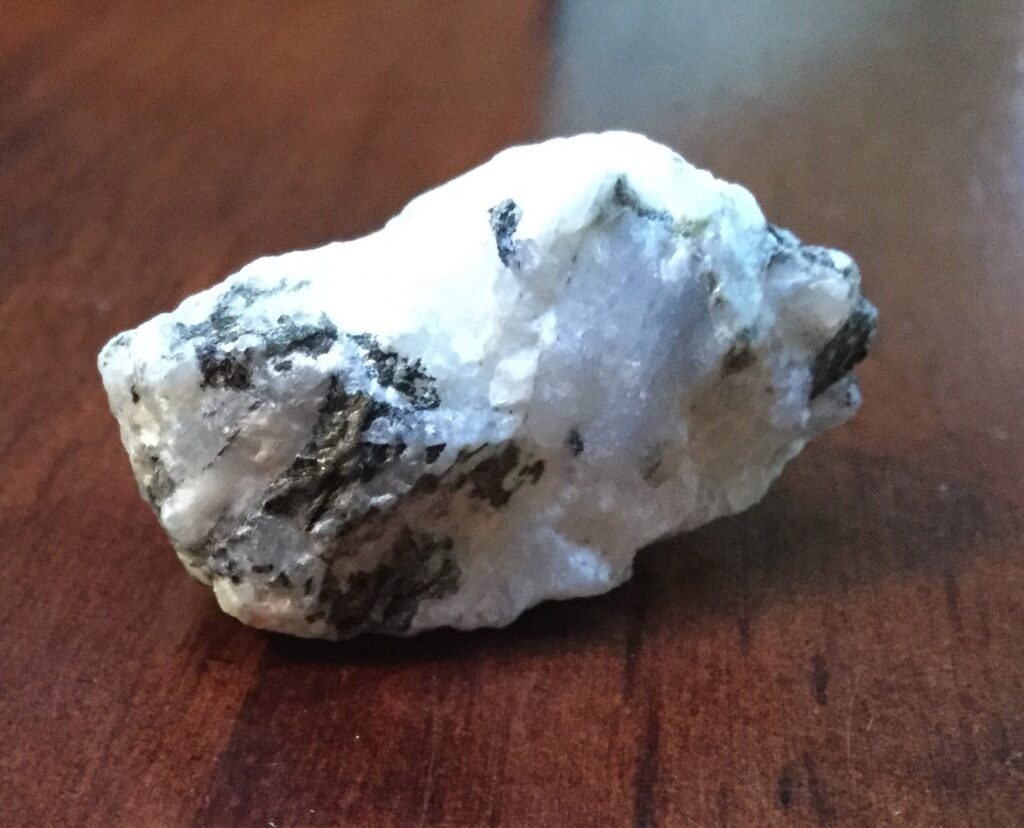
Moonstone Jewellery: From Rings to Bracelets
Whether you’re searching for a moonstone engagement ring, moonstone choker, or moonstone stud earrings, there’s a design for every taste. Moonstone gifts, such as moonstone mala beads or moonstone cufflinks, make for meaningful and thoughtful presents. Designers like Monica Vinader Moonstone, Kendra Scott Moonstone, and David Yurman Moonstone have elevated this gem into the world of luxury jewellery.
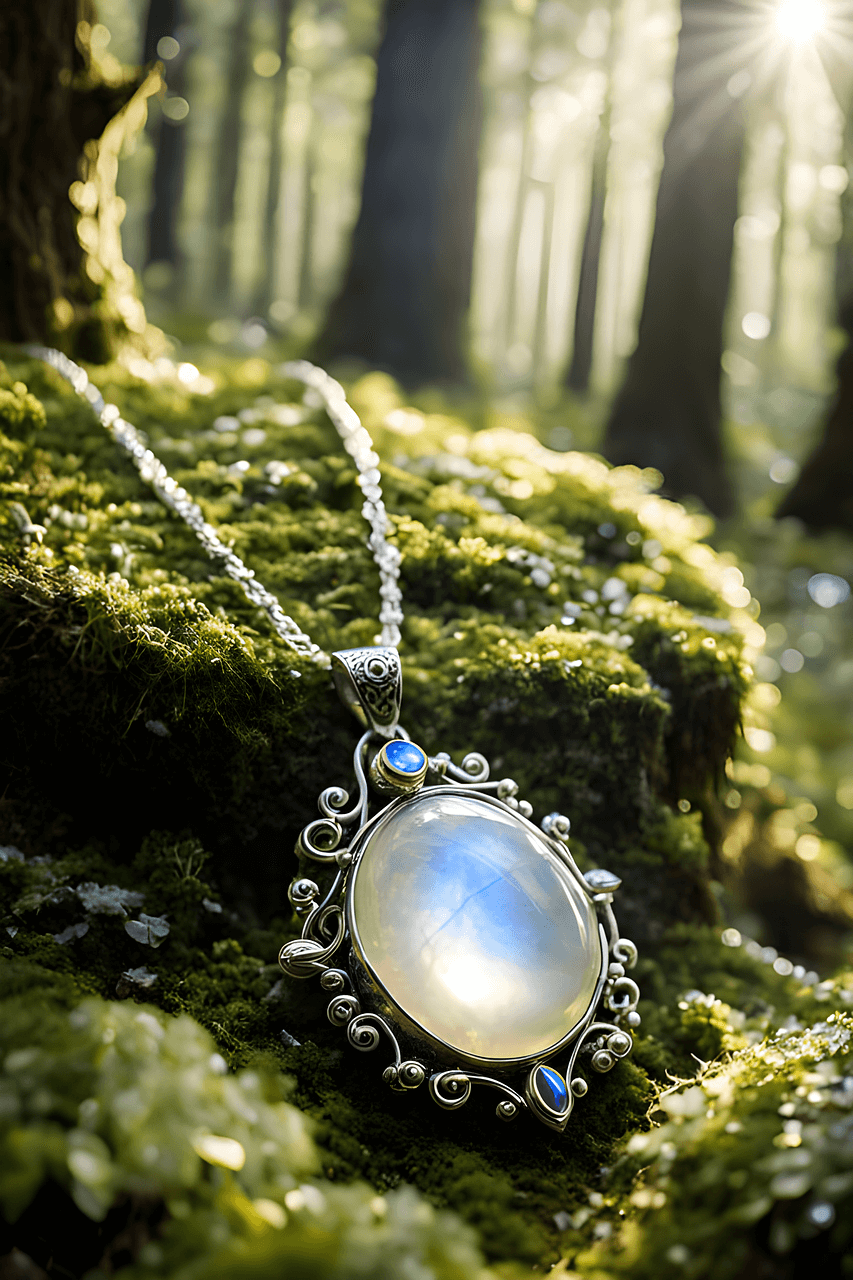
Moonstone and the Zodiac Signs
Astrologically, moonstone is strongly connected to Cancer, Libra, and Pisces. For Cancer, it aligns with their emotional depth and nurturing qualities, offering stability and intuition. Libras benefit from moonstone’s balancing energy, helping them maintain harmony in relationships. Pisces find spiritual strength in moonstone, as it enhances creativity and intuition. However, anyone can wear moonstone to benefit from its mystical powers, as it resonates universally with the energy of the moon and emotional healing.
June Birthstone: The Power of Moonstone
Did you know moonstone is the June birthstone? It’s the perfect gem for those born under the zodiac signs of Gemini and Cancer. Wearing a moonstone gem as a moonstone necklace, moonstone bracelet, or even a moonstone wedding band is believed to bring good fortune, love, and protection.
How to Use Moonstone in Daily Life
Moonstone can be incorporated into daily routines in many ways. Wearing it as jewelry keeps its calming and protective energy close to the body, making it one of the most popular gemstone choices for rings, necklaces, and bracelets. Placing a moonstone under the pillow is believed to enhance dream recall and intuitive messages. Many people meditate with moonstone to open their intuition, while others carry it as a pocket stone for emotional balance. Its gentle energy makes it an excellent crystal for everyday use.
Moonstone in Modern Designs
From pandora moonstone charms to moonstone pendants sterling silver, the gem is embraced by designers worldwide. Trendy pieces like moonstone huggies, moonstone hoops, and moonstone rings make a bold fashion statement. Whether you love large moonstone crystals or delicate moonstone for men accessories, there’s a moonstone design waiting for you.
How to Cleanse and Charge Moonstone
To keep moonstone energetically strong, it is important to cleanse and recharge it regularly. The best method is to place it under moonlight, especially during a full moon, to restore its natural lunar energy. It can also be cleansed with sage smoke, sound vibrations, or pure water. Avoid harsh sunlight, as it may damage the stone’s delicate shimmer. Setting intentions while holding moonstone is another powerful way to charge it, aligning its energy with your personal goals and desires.
Moonstone in Jewelry
Moonstone jewelry is both stunning and meaningful. Its glowing surface makes it an ideal gemstone for rings, pendants, earrings, and bracelets. Beyond aesthetics, wearing moonstone close to the skin allows its healing vibrations to influence your aura throughout the day. It is especially popular in bohemian and spiritual jewelry designs. Couples often choose moonstone engagement rings as a symbol of eternal love, intuition, and harmony, making it a beautiful gemstone with deep symbolic value.
Frequently Asked Questions About Moonstone
Moonstone is known as a crystal of intuition, balance, and new beginnings, helping with emotional healing and spiritual growth.
Yes, moonstone is an alternative June birthstone, symbolizing love, passion, and inner wisdom.
Moonstone is strongly connected with Cancer, Libra, and Pisces, enhancing intuition and emotional stability.
Yes, moonstone can be worn every day, but it should be handled carefully since it is a softer gemstone that can scratch easily.
You can cleanse moonstone with moonlight, sage smudging, sound vibrations, or clean water to restore its natural energy.
Yes, moonstone is believed to bring good luck, love, and protection, especially during travel or new ventures.
Moonstone is considered a stone of love and fertility, often used to attract romance and deepen emotional bonds.
Moonstone is linked to the Third Eye and Crown chakras, supporting intuition, insight, and spiritual awareness.
Yes, moonstone enhances inner calm, focus, and psychic abilities, making it a powerful tool for meditation.
Authentic moonstone is a natural feldspar mineral, though synthetic versions also exist, so always buy from trusted sellers.
Conclusion
Moonstone is a gemstone of mystery, intuition, and divine feminine energy. From ancient traditions to modern crystal healing, it has always been valued as a stone of growth, emotional balance, and spiritual awakening. Whether worn as jewelry, used in meditation, or carried as a protective talisman, moonstone continues to inspire people with its calming glow and powerful energy. For anyone seeking clarity, harmony, or a deeper connection with their intuition, moonstone is a timeless crystal companion.
